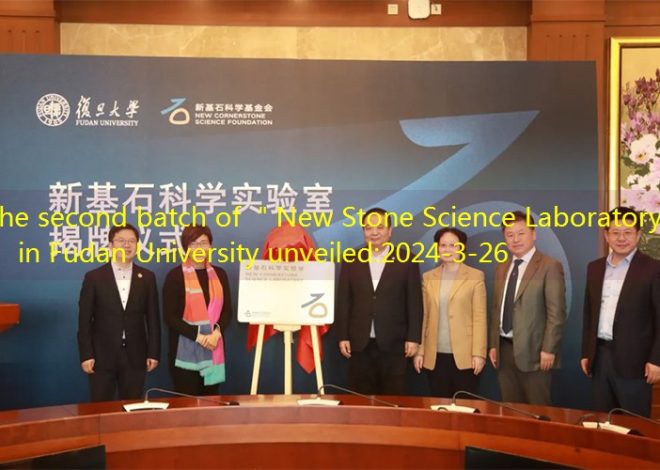
ESA’s Euclid telescope finds hidden galaxies and cosmic wonders
The European Space Agency’s (ESA) Euclid Space Telescope has captured stunning images of the vastness of the universe, revealing the complex structure of galaxies deep in the cosmos, including the Perseus Cluster and numerous star clusters. The groundbreaking images, released at ESA’s Space Operations Center in Darmstadt, Germany, mark a significant moment in space exploration.
Euclid lifts the cosmic veil
Carol Mundell, head of ESA’s science program, introduced the images, emphasizing the importance of Euclid’s capabilities. ESA Director General Joseph Aschbach said he expects Euclid to deliver profound insights, especially in unraveling the mysteries of dark matter and dark energy.
Showing a billion years of cosmic history
The recently released images are just a snapshot of Euclid’s ambitious mission. Over the next decade, the telescope will embark on an extraordinary journey to examine billions of galaxies similar to those captured in these images.
Euclid telescope scientists will carefully scan more than 15,000 square degrees of sky, tracing more than a billion years of cosmic history. These assembled images will provide an unprecedented three-dimensional view covering most of the universe’s existence.
The Perseus Cluster, the cosmic ballet of galaxies.
Images of the Perseus Cluster demonstrate the extraordinary power of Euclid. More than 200 galaxies are performing a cosmic ballet under the gravitational pull of the cluster and mysterious dark matter particles. The cluster is part of a larger supercluster of about 1,000 galaxies, similar to a large family of galaxies.
In the background of the image are tens of thousands of other galaxies, demonstrating Euclid’s ability to study multiple objects at once.
Revealing Hidden Galaxies
Euclid’s extraordinary ability extends to revealing galaxies hidden by optical telescopes.The image of IC 342, titled “Hidden Galaxies,” emphasizes the advantages of infrared observations. Despite the fact that the Milky Way is obscured from visible light by galactic dust, this image reveals the stars and dust of the galaxy with stunning clarity.
The irregular beauty of dwarf galaxies
Euclid has photographed galaxies of all shapes and sizes, including the structurally irregular NGC 6822. These multi-billion-year-old dwarf galaxies are part of a much larger galaxy that enriches our understanding of the evolution of the Universe.
Globular clusters: a collection of stars
Globular clusters (such as NGC 6397) are made up of thousands of gravitationally bound stars. Galaxies contain dark matter, which is not present in these clusters, and at about 7,800 light-years away, NGC 6397 is the second closest globular cluster to Earth.
The Fascinating and Iconic Horsehead Nebula
The Horsehead Nebula is the most popular nebula in the heavens and another jewel in the Euclid collection. Two of Euclid’s photographs of this magnificent stellar nursery coincide with those taken by NASA’s James Webb Space Telescope and the Hubble Telescope.
Mapping the structure of dark matter
In addition to the dark matter structure mapped by ESA’s Planck Space Telescope, Euclid is expected to help map a large number of high-resolution dark matter structures.
Using Euclid’s galaxy catalog, astrophysicists will use statistical tools and weak gravitational lensing to study how foreground dark matter distorts the shape of background galaxies.
A wealth of data and insights await you
Astrophysicist Michael Seiffert, a scientist with NASA’s Euclid Contributions program, expects a wealth of data to be available in the coming years.
With three to five times the resolution of ground-based telescopes, the Euclid telescope will provide a wealth of insight. While its image resolution may not match JWST’s, Euclid’s ability to quickly scan large areas sets it apart.
The Euclid team’s journey into the future
The Euclid team is currently focusing on further instrument calibration, with science missions scheduled to begin in 2024. By 2030, they aim to release data covering a 30 square degree pre-survey, followed by the first year of data. These milestones will pave the way for groundbreaking discoveries about the universe and its hidden wonders.


